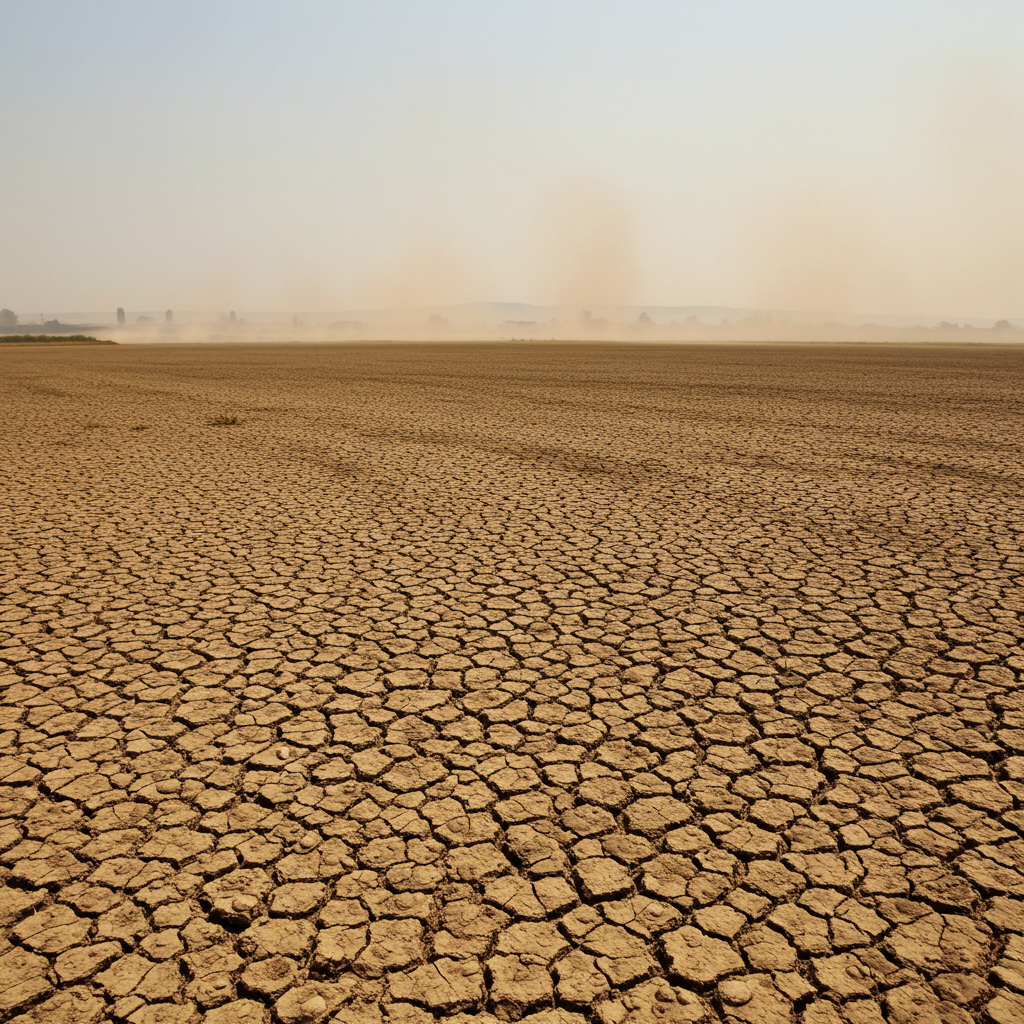Life-saving childhood vaccination rates have plateaued globally over the past two decades, leaving millions of children unprotected against deadly preventable diseases. A new major study reveals the depth of this crisis, highlighting that Pakistan now holds the unfortunate position of having the second-highest number of unvaccinated, or “zero-dose,” children in South Asia, after India.
According to analysis from the Global Burden of Disease Study Vaccine Coverage Collaborators, published in the esteemed British medical journal Lancet, the significant progress made by the World Health Organisation’s (WHO) Essential Programme on Immunisation (EPI) since 1974 – which averted an estimated 154 million childhood deaths – has stalled. Despite earlier successes, the period since the early 2000s has seen stagnating vaccination rates and significant variations in coverage across different regions and countries.
COVID-19’s Lingering Impact on Immunisation
The challenges in maintaining and improving vaccination coverage were severely worsened by the COVID-19 pandemic. Global coverage rates for key vaccines saw a sharp decline starting in 2020. Between 2020 and 2023, an estimated 15.6 million children missed out on their full course of the diphtheria-tetanus-pertussis (DTP) vaccine or a measles vaccine. The pandemic also led to approximately 15.9 million children not receiving any polio vaccine and 9.18 million missing their tuberculosis vaccine dose during this period.
The pandemic reversed hard-won gains in reducing the number of zero-dose children worldwide. While this number peaked at 18.6 million before falling slightly to 15.7 million by 2023, disruptions to immunisation services during the four pandemic years (2020-2023) are estimated to have resulted in around 12.8 million additional children becoming zero-dose globally. This has been described as a “red alert for child health,” marking the largest sustained drop in childhood immunization in approximately 30 years, fueled significantly by the pandemic.
Global & Regional Zero-Dose Crisis
The latest data from 2023 indicates that over half of the world’s 15.7 million unvaccinated children live in just eight countries. Regionally, a staggering 53 percent are located in sub-Saharan Africa, while 13 percent are in South Asia. Experts warn that these figures serve as a stark warning: global immunisation targets set for 2030 under the WHO’s Immunisation Agenda 2030 – including the goal of halving the number of zero-dose children compared to 2019 levels – are unlikely to be met without transformative improvements in equity and coverage. By 2023, only 18 out of 204 countries and territories were estimated to have met the 2030 zero-dose target.
Beyond the immediate disruption of the pandemic, contributing factors to the ongoing stall include increasing numbers of children in conflict and fragile settings, which pose access challenges. Population pressures also add a “double burden” on already stretched healthcare systems struggling to keep pace with growing target populations for vaccination.
Pakistan’s Specific Challenge
Within South Asia, Pakistan faces a particularly acute challenge. The Lancet analysis reveals that Pakistan has the second-highest number of zero-dose children in the region, after India, with an estimated 419,000 children having received no routine vaccinations.
This vulnerability is tragically underscored by the persistent challenge of polio eradication. Pakistan, alongside Afghanistan, remains one of the last two countries globally where wild poliovirus is still endemic. Despite intensive efforts, a significant resurgence of wild poliovirus type 1 (WPV1) has been reported, with 74 cases in Pakistan in 2024 compared to 6 in 2023, alongside increased environmental detections. The virus has unfortunately spread into major urban centers and historic reservoirs.
Efforts to combat this include synchronized nationwide vaccination campaigns in Pakistan and Afghanistan, treating them as one epidemiological bloc due to interconnected transmission patterns. However, challenges such as security issues, operational constraints, significant population movement (including returnees from Afghanistan), and persistent vaccine misinformation and hesitancy continue to slow progress in reaching every child.
Addressing Misinformation and Boosting Coverage
Study authors and global health bodies are calling for more concerted efforts to tackle vaccine misinformation and hesitancy, which remain significant barriers to increasing acceptance and uptake. Strategies include enhancing community engagement, leveraging the influence of local leaders and community members, and using polio eradication infrastructure and staff to support the strengthening of routine immunisation services in hard-to-reach areas.
While some countries showed resilience and managed to return to pre-pandemic vaccination levels through strong government commitment and catch-up efforts, the overall picture reflected in the 2023 data indicates the deep, ongoing nature of the global stall and the significant ground that needs to be recovered to protect the most vulnerable children from preventable diseases. Urgent action and continued investment, like the recent $500 million pledge from the Kingdom of Saudi Arabia with the Bill & Melinda Gates Foundation for global polio efforts and health systems, are critical to getting back on track and ensuring no child is left behind.


